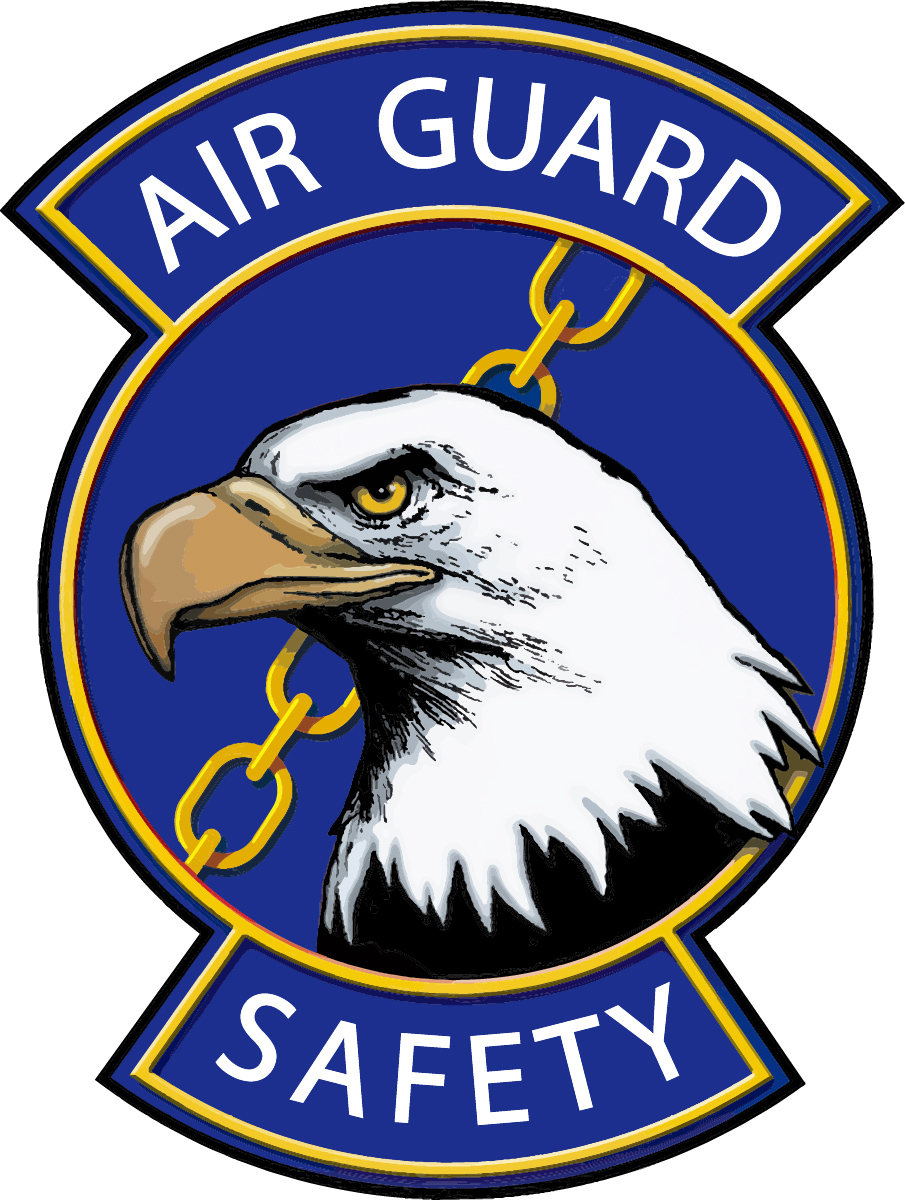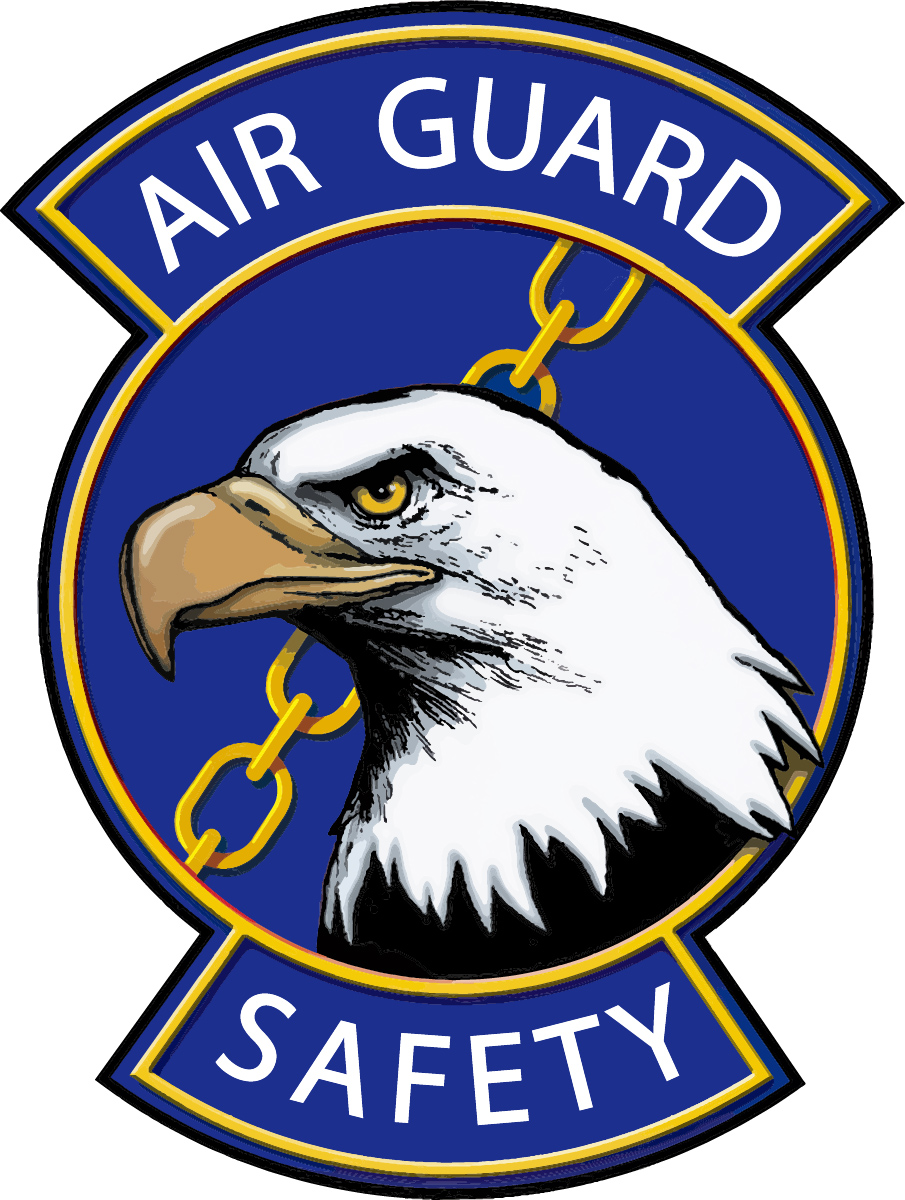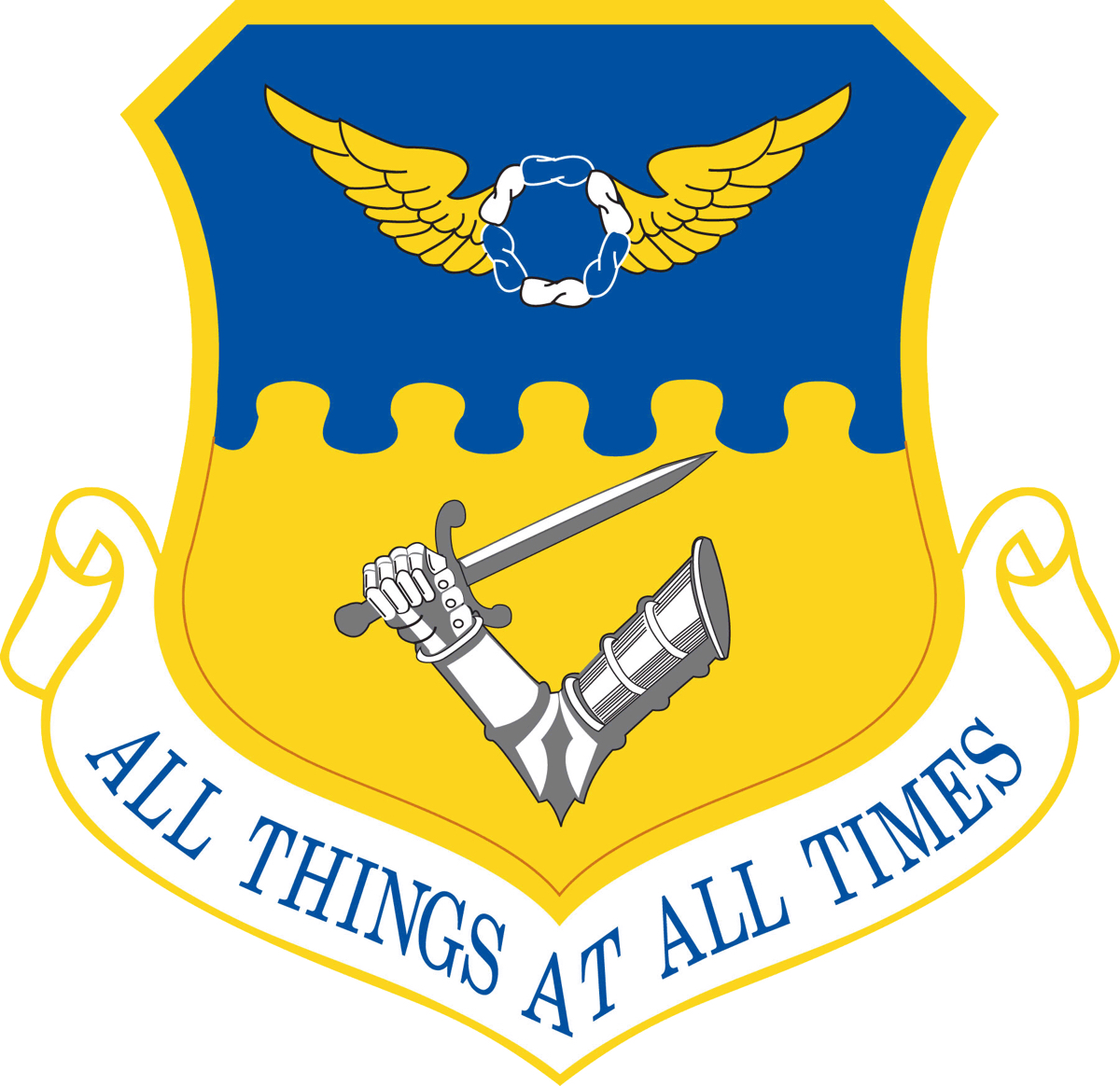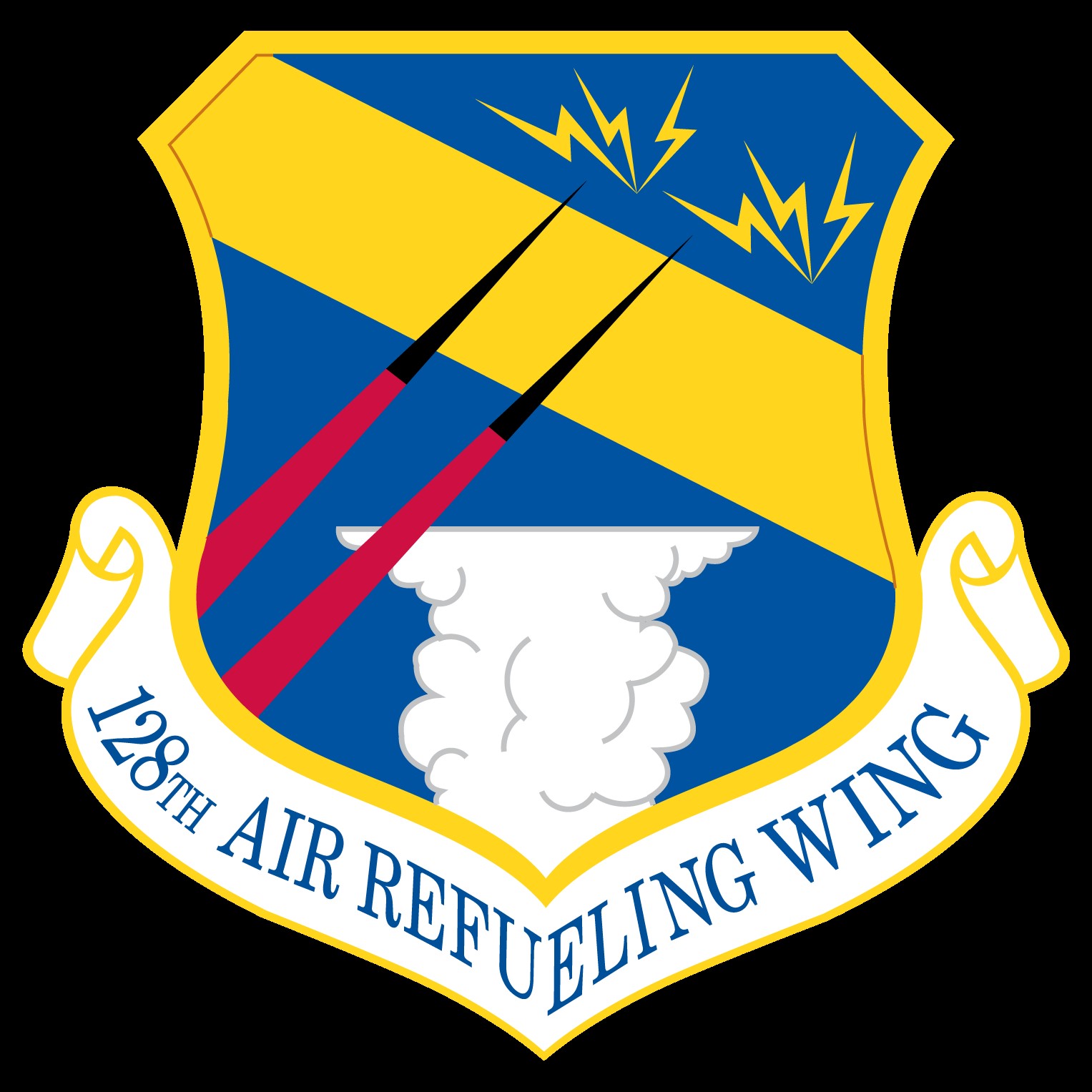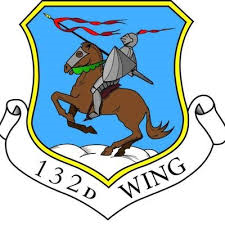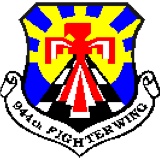Title Page
-
Document No.
-
Audit Title
-
Client / Site
-
Conducted on
-
Prepared by
-
Location
-
Personnel
Safety Program Assessment
Commander and Supervisory Support
-
Has the commander completed required New Commander Orientation Training?<br><br>IAW AFI 91-202, para. 2.3
-
Where commanders are not authorized full-time safety personnel, have they appointed a primary and an alternate unit safety representative (USR)?<br><br>IAW AFI 91-202, para. 1.5.20
-
Does the commander meet at least quarterly with the appointed USR?<br><br>IAW AFI 91-202, para. 8.5
-
Does the commander ensure all appropriate hazard abatement actions needed to control identified hazards are implemented and follow-up actions are complete? Keep safety staff updated on all abatement actions with monthly updates until hazard is abated.<br><br>IAW AFI 91-202, para. 1.5.20
-
Has the commander communicated safety and health expectations to personnel in their command?<br><br>IAW AFI 91-202, para. 1.5.20
-
Does the commander ensure safety and health program requirements are part of measurement of non-supervisory personnel's performance appraisals using guidance provided by AF/A1?
-
Do the supervisors use risk management techniques to analyze the work environment and job tasks for hazards, and do they use the Job Safety Analysis (JSA) as part of this process?<br><br>IAW AFI 91-202, para. 1.5.21
-
Has the supervisor developed the Job Safety Training Guide/Outline (JSTG/JSTO) specifically tailored to address the safety concerns of the work environment and does it include the listed mandatory training items in AFI 91-202, Attachment 5?<br><br>IAW AFI 91-202, para. 1.5.21
-
Does the supervisor review and update the JSTG/JSTO annually and/or when there is a change in equipment, processes, or safety/fire/health requirements, and is the review documented? Does the documentation contain the date of review and the person conducting the review?<br><br>IAW AFI 91-202, para. 1.5.21
-
Has the supervisor documented completion of the mandatory items in AFI 91-202, Attachment 5 and any other required training as directed by AFI 91-202?<br><br>IAW AFI 91-202, para. 1.5.21.4
-
Does the supervisor exercise control over job tasks to ensure personnel follow all precautions and safety measures, including the proper use of PPE?<br><br>IAW AFI 91-202, para. 1.5.21
-
Does the supervisor report all mishaps that occur in work areas, off-duty mishaps involving assigned personnel, and related subsequent employee absences to the safety office IAW AFI 91-204 (& 101 ARWI 91-204)?<br><br>IAW AFI 91-202, para. 1.5.21
-
Does the supervisor conduct and document monthly spot inspections to check the day-to-day safety and health of their organization, work center, facility, etc? (Ensure documentation of spot inspections includes the minimum requirements listed in AFI 91-202)<br><br>IAW AFI 91-202, para. 1.5.21
-
Is the supervisor conducting and documenting quarterly Tier 1 Self-Assessments?<br><br>IAW AFI 90-803, para. 2.1
-
Have all supervisors completed Supervisor Safety Training (SST)? (Includes all SSgts and higher regardless of assignment and commissioned officers and civilian personnel upon initial assignment to a supervisory position)<br><br>IAW AFI 91-202, para. 1.5.21 & AFI 91-202 ANG Supp 1, para. 2.3.2
-
Is an effective hazard reporting program in place within the squadron/shop level, and are required forms made readily available to personnel, and do they understand their responsibilities under this program?<br><br>IAW AFI 91-202, Ch. 4
Traffic Safety Program
-
Have all your motorcycle riders (on- & off-road), scooter, moped (scooters and mopeds with engine displacement of 50cc or greater) and three wheeled vehicle riders been identified and are they tracked in the AF Motorcycle Unit Safety Tracking Tool (MUSTT) database located in the AF Safety Automated System (AFSAS)?<br><br>IAW AFI 91-207, para. 3.5.6
-
Have all motorcycle riders attended and completed an approved motorcycle rider education course?<br><br>IAW AFI 91-207, para. 4.5
-
Have all motorcycle riders received the unit commander's initial briefing for all new or newly assigned motorcycle riders within two UTAs of initial assignment, identification as a rider or purchase of a motorcycle? Are commander led preseason safety briefings conducted and documented?<br><br>IAW AFI 91-207, para. 1.3.4
-
Have personnel completed Traffic Safety Course III (Traffic Safety Training Course on ADLS)?<br><br>IAW AFI 91-207, para. 4.4
-
Are personnel required to operate recreational motor vehicles (RMVs) or specialty vehicles (Gator, Polaris, ATV, forklift, etc.)? If yes - is initial and recurring/refresher training conducted using an approved resource/lesson plan and documented appropriately?<br><br>IAW AFI 91-207, Ch. 4
-
Are OGMVCs maintained IAW manufacturer recommended intervals,and has it had a complete serviceability inspection at least annually?<br><br>IAW AFI 24-302, para. 3.17.3
-
Are personnel required to operate a vehicle on the airfield? If yes - have personnel completed all training requirements and do they possess a valid AF Form 483, Certificate of Competency?<br><br>IAW ARWI 13-213, Ch. 2
Fire Safety/Emergency Management
-
Have supervisors established and maintained a training and certification system to ensure employees are trained and understand their fire prevention and protection responsibilities in their work areas, to include documented annual training of employees, including fire extinguisher training and location of fire extinguishers?<br><br>IAW AFI 91-203, para. 6.2
-
Are Emergency Action Plans developed at the shop level? Are the plans current? Are personnel trained? Do personnel demonstrate an understanding of the procedures/actions to be taken in the event of an emergency?<br><br>IAW 29 CFR 1920 Subpart E (1910.38(e))
Personal Protective Equipment (PPE)
-
Has the supervisor performed the workplace hazard assessment through a written certification (PPE worksheet) that identifies the workplace evaluated, the person certifying that the evaluation has been performed, and the date(s) of the hazard assessment?<br><br>IAW AFI 91-203, para. 14.2.2
-
Is PPE provided, used, and maintained in a sanitary serviceable condition? Is defective or damaged personal protective equipment removed from service?<br><br>IAW AFI 91-203, para. 14.3.2
-
Are employees using the appropriate eye or face protection when exposed to eye or face hazards from flying particles, molten metal, liquid chemicals, acids or caustic liquids, chemical gases or vapors, or potentially injurious light radiation?<br><br>IAW AFI 91-203, para. 14.4.2
-
Are personnel provided and use reflective vests/accessories when exposed to a traffic environment or flight line operations during the hours of darkness?<br><br>IAW AFI 91-203, para. 14.5.10.2
-
Has the supervisor trained employees on the proper use of PPE to include when it is necessary, what PPE is necessary, how to don, doff, adjust, and wear PPE, limitations of the PPE, and the proper care, maintenance, useful life and disposal of the PPE? PPE training will be documented on the AF Form 55 or an equivalent product.<br><br>IAW AFI 91-203, para. 14.4 & AFI 91-202, Attachment 5
-
Are protective helmets (hard hats) provided for personnel working in areas where there is a potential for injury from falling objects, bumping head against a fixed object, or electrical shock or burns?<br><br>IAW AFI 91-203, para. 14.4.3
Powered Industrial Trucks
-
Does the organization being assessed own powered trucks and/or are personnel required to use powered trucks to accomplish their assigned duties?
-
Have qualified personnel been identified as training instructors? Have all training outlines been developed for all material handling equipment?<br><br>IAW AFI 91-203, para. 35.3.3
-
In addition to initial training and certification, are operators being evaluated at least once every three years and provided refresher training in relevant topics anytime there is reason to believe there is a need? A written record of each operator's evaluation will be kept on file for review.<br><br>IAW AFI 91-203, para. 35.3.3.6
-
Do materials handling and lifting equipment operators conduct daily or prior-to-use inspections and document them on an AF Form 1800?<br><br>IAW AFI 35.3.6
-
Do operators follow all applicable requirements for safe operation of powered industrial trucks?<br><br>IAW AFI 91-203, para. 35.3.5
Hoists/Cranes
-
Does the organization being assessed own cranes/hoists and are workers required to use them to accomplish their assigned duties?
-
Are hoists operated only by personnel who are trained and qualified to use the equipment?<br><br>IAW AFI 91-203, para. 35.6.3.3
-
Do identification tags attached to hoists include date of annual inspection, date of load test, capacity of hoist and identification number of hoist?<br><br>IAW AFI 91-203, para. 35.5.2.3
-
Are inspections of hoists and related equipment performed periodically and documented per requirements of paragraph 35.1.1?<br><br>IAW AFI 91-203, para. 35.6.3.5
-
Are load tests performed on all hoists as required by 35.6.3.7?<br><br>IAW AFI 91-203, para. 35.6.3.7
-
Are records of periodic inspections, repairs and tests of hoists maintained indefinitely?<br><br>IAW AFI 91-203, para. 35.6.3.8
-
Are running ropes visually inspected daily or prior to use and are those inspections documented?<br><br>IAW AFI 91-203, para. 35.11.2.2
-
Are all hooks visually inspected daily or prior to use and thoroughly inspected each month?<br><br>IAW AFI 91-203, para. 35.11.5.1
Machinery
-
Does the organization being assessed own machinery (drills, presses, saws, lathes, grinders, sanders, etc.) and are workers required to use them to accomplish their assigned duties?
-
Is sufficient space provided around each machine to allow materials to be handled with the least possible interference from and to other workers an to allow access for maintenance and repair?<br><br>IAW AFI 91-203, para. 18.3.2.1
-
Are machines designed for fixed locations, or (for those that may tip over) securely fastened to the floor or other suitable foundation in order to eliminate all movement or walking?<br><br>IAW AFI 91-203, para. 18.3.2
-
Are personnel trained by the supervisor or a designated trainer on all machinery or equipment they are required to use? Only trained personnel or those undergoing supervised on-the-job training will operate shop machinery or equipment.<br><br>IAW AFI 91-203, para. 18.3.3
-
Have supervisors and operators received training on lockout and tagout procedures contained in Ch. 22 to ensure the purpose of the program is understood and that each has the knowledge and skills required to apply and remove locks and tags?<br><br>IAW AFI 91-203, para. 18.3.3.4
-
Are manufacturer's manuals maintained for all machinery or equipment under their control? If not, have local OIs been developed to include job safety, maintenance, and inspection?<br><br>IAW AFI 91-203, para. 18.3.4.1
-
Are under-voltage protective devices installed on machines that are not safeguarded to protect the worker during under-voltage situations?<br><br>IAW AFI 91-203, para. 18.4.2.1.1
-
Are all machine energy sources or energy isolating devices, such as disconnect switches or circuit breakers, locked out or tagged out before maintenance is performed or major adjustments are made with guards and panels removed?<br><br>IAW AFI 91-203, para. 18.4.2.1
-
Are abrasive wheel machines only operated with safety guards installed?<br><br>IAW AFI 91-203, para. 18.6.2.3.1
-
Are peripheral protectors (tongue guards) positioned so that there is no more than one-fourth of an inch (1/4") opening between the wheel and the guard?<br><br>IAW AFI 91-203, para. 18.6.2.3.2
-
Are work rests adjusted closely to the wheel with a maximum opening of one-eighth of an inch (1/8") to prevent the work from being jammed between the wheel and the rest?<br><br>IAW AFI 91-203, para. 18.6.2.3.3.1
-
Are all operators prevented from using the abrasive grinding wheels to grind aluminum, brass, copper, or other soft metals (unless the wheel is specifically designed for that purpose)?<br><br>IAW AFI 91-203, para. 18.6.2.3.8
-
During any grinding operation, do the operators wear safety glasses or goggles for protection of the eyes, in conjunction with a face shield for protection from wheel breakage, sparks, and other grinding debris?<br><br>IAW AFI 91-203, para. 18.6.2.3.12
Confined Space Program
-
Does the organization being assessed own permit required and/or non-permit required confined spaces?
-
Are workers required to enter confined spaces to perform their assigned duties?
-
Has the functional manager, in coordination with the Confined Space Program Team (CSPT), identified, evaluated, and classified each confined space in the organization?<br><br>IAW AFI 91-203, para. 23.2.5
-
Are workers properly trained and qualified in safe operating and emergency procedures, use of protective equipment, and how to egress confined spaces?<br><br>IAW AFI 91-203, para. 23.2.7.2
-
Is verification testing accomplished prior to entry into permit-required confined spaces? This testing shall be conducted by a person trained and qualified IAW AFOSH STD 91-25, para. 5.6, and qualified to interpret the results of the test.<br><br>IAW AFI 91-203, para. 23.3.7
-
Are all valves isolated, locked out, and blinded or blanked to ensure no chemicals are accidentally pumped into the confined space, if applicable? Is all electrical power de-energized, locked out, and made electrically safe IAW AFI 32-1064, Electrical Safe Practices?<br><br>IAW AFI 91-203, para. 23.2.8.1.1
-
Have all rescue team members received hands-on practice in removing simulated victims (such as dummies, mannequins, or actual persons) from actual or representative confined spaces that have openings and portals like the types from which rescue is to be performed? Is this training accomplished at least once every 12 months and documented?<br><br>IAW AFI 23.7.3.1
-
Has all confined space training for entry supervisors, entrants, attendants, testers and/or monitors, and rescue team members been certified, documented, and kept up-to-date?<br><br>IAW AFI 91-203, para. 23.7.5
Hazardous Energy Control Program (Lockout/Tagout - LOTO)
-
Does the organization being assessed have a Hazardous Energy Control Program (LOTO) and are workers required to apply locks and/or tags to control hazardous energy in order to accomplish their assigned duties?
-
Has the supervisor established a LOTO Program consisting of energy control procedures, employee training and periodic inspections? Ensuring that before any employee performs servicing or maintenance on a machine or equipment where the unexpected energizing, startup or release of stored energy could occur and cause injury, the machine or equipment is isolated from the energy source and rendered inoperative.<br><br>IAW 29 CFR 1910.147(c)(1) & AFI 91-203, Ch. 21
-
Is initial and recurring job training on the LOTO Program conducted, certified, documented, and kept up to date? Does certification contain each individual's name and dates of training?<br><br>IAW 29 CFR 1910.147 (c)(7) & AFI 91-203, Ch. 21
-
Are personnel whose duties are or may be in an area where LOTO procedures may be utilized briefed on the LOTO program during their initial job safety briefing?<br><br>IAW AFI 91-203, Ch. 21
-
Are procedures developed and documented for the safe and proper use of locks and tags?<br><br>IAW 29 CFR 1910.147(c)(4)(i) & AFI 91-203, Ch. 21
-
Are periodic self-inspections of the LOTO Program conducted annually to ensure compliance with all program elements?<br><br>IAW 29 CFR 1910.147(c)(6) & AFI 91-203, Ch. 21
Fall Protection Program
-
Does the organization being assessed have a Fall Protection Program and/or are workers required to perform their assigned duties at heights above 4 feet (General Industry) and/or 6 feet (Construction) where they are exposed to a fall hazard? Fall protection is required for workers working in elevated locations on open-sided floors and platforms and near floor and wall openings. Note: Fall protection is not required when working from portable ladders.
-
Are Personal Fall Arrest Systems (PFAS) selected to match the work situation and the environment in which it will be employed?<br><br>IAW AFI 91-203, Ch. 13
-
Is the lanyard length such that a vertical fall of more than six feet is not possible, nor would the worker be allowed to contact any lower level?<br><br>IAW AFI 91-203, Ch. 13
-
Do supervisors maintain manufacturer's performance testing information for each PFAS being used?<br><br>IAW AFI 91-203, Ch. 13
-
Are only full body harnesses used in conjunction with PFAS?
-
Are all workers trained in the safe use of a fall system prior to using it? Training will be documented.<br><br>IAW AFI 91-203, Ch. 13
-
In the event of a fall arrest can workers rescue themselves, and if not are other rescue procedures and equipment in place to rescue workers prior to starting operations?<br><br>IAW AFI 91-203, Ch. 13
-
If the unit utilizes vehicle-mounted elevating and rotating work platforms, manually propelled and self-propelled mobile work platforms, or scaffolds has the supervisor included the necessary fall protection program to protect personnel?<br><br>IAW AFI 91-203, Ch. 13
Miscellaneous
-
Is there a HAZCOM program and is it being maintained IAW local instructions? Are personnel trained and is the training documented?
-
Do supervisors ensure that emergency shower and/or eyewash stations are provided, if necessary, and installed, inspected, and maintained IAW AFI 91-203, Ch. 19?
-
Have all personnel completed Risk Management Fundamentals (or equivalent) training? (Available via ADLS, see AF Risk Management Fundamentals)<br><br>IAW AFI 91-802, Ch. 11
-
Does unit maintain a Safety Bulletin Board? Is it current? Does it contain all mandatory items?<br><br>IAW AFI 91-202, Attachment 5
Mishap Experience
Mishap Experience
-
Class A
-
Comments:
-
Class B
-
Comments:
-
Class C
-
Comments:
-
Class D
-
Comments:
-
Class E
-
Comments:
Observations & Comments
Observations & Comments
-
Safety Program Assessment
-
Program Strengths:
-
Program Weaknesses:
-
Comments:
Assessment Complete
Follow Up
-
Are there one or more items that require further action in order to attain compliance?
-
Please ensure all deficiencies are tracked and followed up until closed. Annotate the corrective actions section of this assessment if necessary and provide periodic updates to the Safety Office.
-
Please use this assessment to conduct a self-assessment of your safety program in-between assessments conducted by the Safety Office. Please access the Safety SharePoint site for program information and resources. Contact the Safety Office if you have any questions at 404-7444, or nathan.anaya@ang.af.mil.
-
This assessment was conducted by MSgt Nate Anaya.






